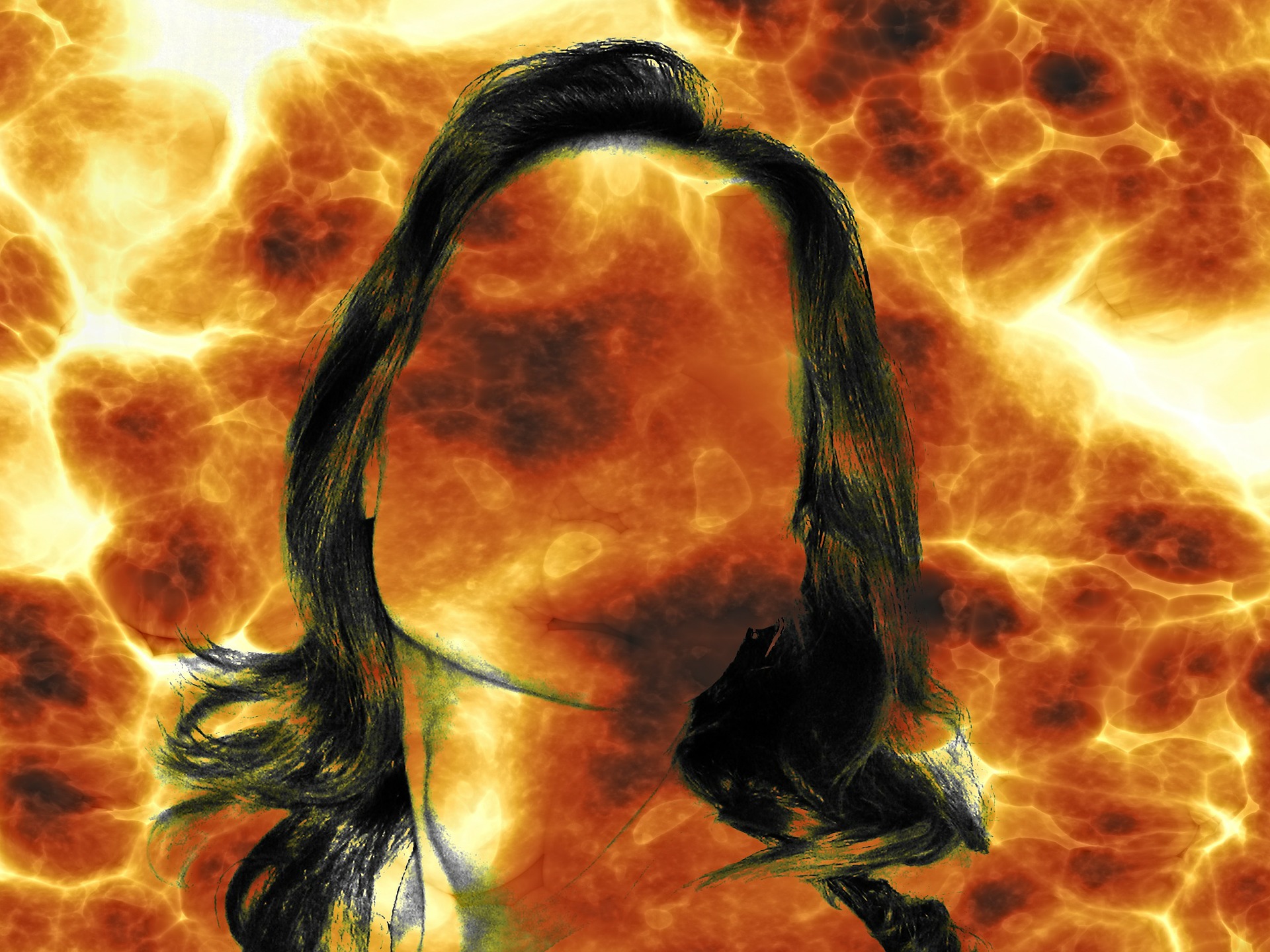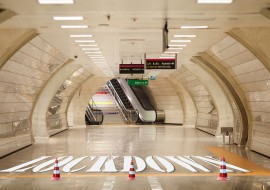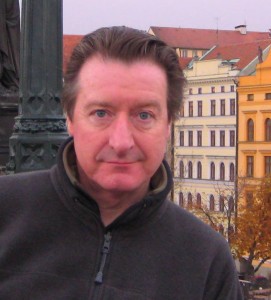
What is our pain body? What can we do about it?
“the issue is in the tissue” Mariana Caplan
In his book “A New Earth” Eckhart Tolle writes of the pain body. He calls it a ‘psychic parasite’ that occupies us and causes us great suffering; he says everyone is touched by this to some extent. Tolle suggests that every physical and emotional pain that we experience leaves behind a residue of pain that lives on in our body, deep into our tissues, our muscles and nerves and even into our cells. It fuses with the pain from the past-which is where it belongs, in the past- and becomes blocked in our mind and body. This, of course, includes the trauma and pain we suffered as a child, caused by the unconsciousness of the world into which we were born; lageley the pain body is past pain and suffering that we keep feeding.
Tolle suggests that the pain body has two modes of being: dormant and active. A pain-body may often be dormant 90% of the time; in a very unhappy person, though, it may be active up to 100% of the time. Some people express themselves and live almost entirely through the drama and projections of their pain-body (there always seems to be a drama around them), while others may find it activated in certain situations, such as intimate relationships (where it can actually be seen most clearly and therefore healed-my romantic partner activates and can heal my pain body), or situations linked with past loss or abandonment, physical or emotional wounding, hurt or trauma. It can be easily triggered.
Note how much of this “lives” in the past.
Some pain-bodies are unpleasant to be with in the family, at work or socially but somewhat harmless, for example the work collage who seems to carry a chip on their shoulder or our in laws with their “strange” habits and neuroses (their view of us is very much the same). Others are vicious, narcissistic and destructive monsters, real demons. Some are physically violent; many more are emotionally violent. Some will attack people around us or close to us, while others may attack their host-us-via self-harming behaviours. Thoughts and feelings we have about our life then become deeply negative and self-destructive. Illnesses and accidents, depressions are often created in this way. Some pain-bodies drive their hosts to madness or suicide.
How do we see or “find” the pain body in ourselves?
What do we do about it?
As the Indian born teacher Krishnamurti says “the seeing is the doing”
We watch out for any sign of unhappiness in ourselves, in whatever form — it may be the awakening of the pain-body. This can take the form of irascibility, impatience, anger, a sombre mood, a desire to hurt, rage, depression, a need to have some drama in our relationship and polarise it.
The pain-body wants to survive, just like every other entity in existence, and Tolle says it can only survive if it gets us to unconsciously identify with it. It can then rise up, take us over, “become Me,” and live through Me. We then become a victim or a perpetrator, We appear to want to cause pain, or suffer pain, or a dramatic mixture of both. There isn’t really much difference between the two in this sense.
The pain-body, which is the dark shadow cast by the ego, is actually afraid of the light of our awareness and consciousness. It is afraid of being found out. Its survival depends on our unconscious identification with it, as well as on our unconscious fear of facing the pain that lives in us. But if we don’t turn towards it and face it, if we don’t bring the light of our compassionate awareness and consciousness into the pain, we will be forced to relive it again and again like an endless recycling of the past.
So, the pain-body doesn’t want you or I to observe it directly and see it for what it is; it does not want us to do this “seeing” for then it is done. The moment we observe it, feel its energy field within us, and take our attention and compassion into it, as we might do with a scared and hurt child, the chain, the identification is broken. Another attitude comes into play, often known as mindful presence or the life that’s here, not the wounded death of the past that is the pain body. The pain body then does not become “resolved” but dissolved, it is seen through as a relic of the past; once it arrived to save us from harm, then it overstayed its welcome.
Time to let it go and live the life that’s here.





Write a Comment